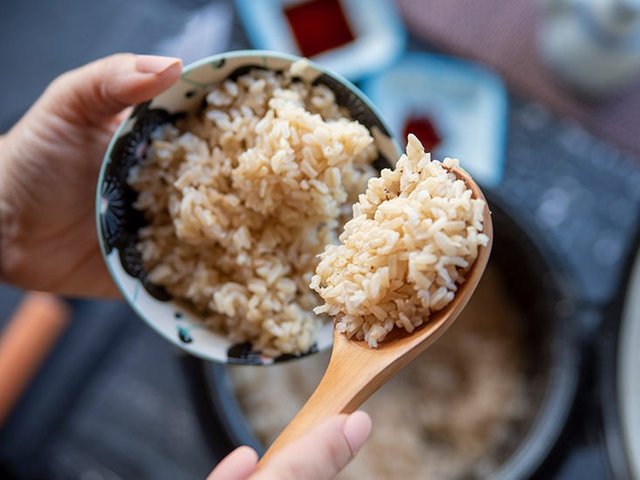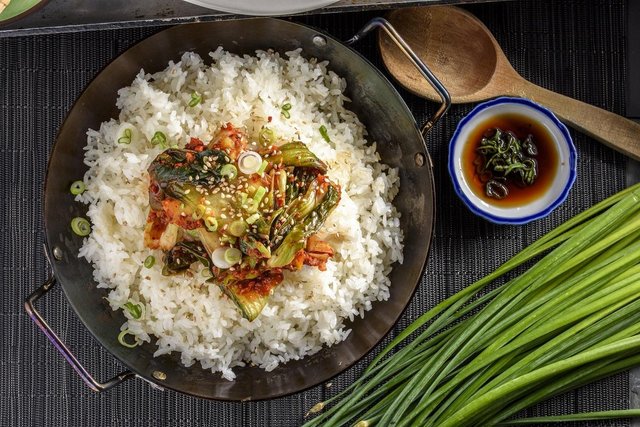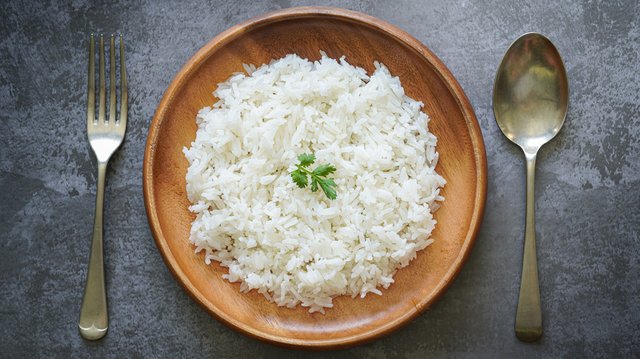The Science Behind Rice: Exploring What Happens to Our Bodies When We Eat Rice
In this article, we will delve into the science behind rice and explore its impact on our health. From its nutritional value to its effects on digestion, blood sugar levels, energy levels, weight management, gut health, and heart health, rice has a significant influence on our overall well-being. By understanding the science behind rice, we can make informed choices about incorporating it into a balanced diet.
Nutritional value of rice
Rice is a complex carbohydrate that provides a rich source of energy for our bodies. It is low in fat, cholesterol-free, and contains essential nutrients such as vitamins, minerals, and dietary fiber. Depending on the variety, rice can also be a good source of protein. Brown rice, in particular, is known for its higher nutritional value compared to white rice. It contains more fiber, vitamins, and minerals due to the presence of the bran and germ layers. Additionally, wild rice, which is not technically a rice but a seed from aquatic grass, is highly nutritious and rich in antioxidants.
Rice is a staple food for billions of people around the world, but have you ever wondered what happens to our bodies when we eat rice?
Digestion process of rice in our bodies
The digestion of rice begins in the mouth, where the process of chewing breaks down the rice into smaller particles. The enzyme amylase present in saliva initiates the breakdown of starches into simpler sugars. Once in the stomach, the acid and enzymes continue to break down the rice further. The rice then moves into the small intestine, where it is broken down into glucose molecules and absorbed into the bloodstream. The fiber present in rice helps regulate digestion and promotes a healthy gut. Some individuals may experience difficulty digesting rice, which can be due to conditions like celiac disease or irritable bowel syndrome.
Impact of rice on blood sugar levels
One of the primary concerns when it comes to rice consumption is its impact on blood sugar levels. Rice is a high glycemic index (GI) food, meaning it can cause a rapid increase in blood sugar levels. This is especially true for white rice, which has had its bran and germ removed during the milling process. Brown rice, on the other hand, has a lower glycemic index due to its higher fiber content. To mitigate the spike in blood sugar levels, it is recommended to pair rice with protein, healthy fats, and fiber-rich foods. This helps slow down the absorption of glucose into the bloodstream, resulting in a more balanced blood sugar response.
Rice and energy levels
As a rich source of carbohydrates, rice plays a crucial role in providing energy to our bodies. Carbohydrates are the body's preferred source of fuel, and rice provides a steady release of energy throughout the day. The type of rice consumed can impact energy levels. For instance, white rice provides a quick burst of energy due to its high glycemic index, while brown rice offers sustained energy due to its higher fiber content. Including rice as part of a balanced meal, along with protein, healthy fats, and vegetables, can help maintain stable energy levels and prevent energy crashes.
Rice and weight management
The role of rice in weight management is a topic of debate. While rice is high in carbohydrates, it is relatively low in fat and calories. The key to incorporating rice into a weight management plan is portion control and mindful eating. Opting for smaller portions of rice and pairing it with protein and fiber-rich foods can help promote satiety and prevent overeating. Additionally, opting for brown rice or wild rice, which have higher fiber content, can help keep you feeling fuller for longer. It is important to consider your overall calorie intake and physical activity level when including rice in your diet, as moderation is key for maintaining a healthy weight.
Rice and gut health
Rice contains dietary fiber, which is essential for maintaining a healthy gut. Fiber adds bulk to the stool, promotes regular bowel movements, and helps prevent constipation. Additionally, the gut microbiota, which consists of trillions of bacteria living in our digestive system, plays a vital role in gut health. The consumption of whole grains like brown rice can support the growth of beneficial gut bacteria, promoting a healthy gut microbiome. However, it is important to note that individuals with certain digestive conditions, such as irritable bowel syndrome, may need to monitor their rice intake and choose varieties that are easier to digest.
Rice and heart health
When it comes to heart health, the type of rice consumed and the overall dietary pattern are important factors to consider. Whole grains, including brown rice, have been associated with a reduced risk of heart disease. The fiber in brown rice can help lower cholesterol levels and maintain healthy blood pressure. On the other hand, refined grains, such as white rice, have been linked to an increased risk of heart disease. To promote heart health, it is recommended to choose whole grain rice varieties and incorporate a balanced diet rich in fruits, vegetables, lean proteins, and healthy fats.
Different types of rice and their effects on the body
There are various types of rice available, each with its own unique characteristics and effects on the body. White rice, as mentioned earlier, is highly processed and has a higher glycemic index compared to other varieties. Brown rice retains its bran and germ layers, making it a whole grain with higher fiber content. Other types of rice, such as wild rice, black rice, and red rice, offer different nutritional profiles and antioxidant properties. It is important to consider these factors when selecting the type of rice to incorporate into your diet, depending on your health goals and dietary needs.




HI @jeremy-ackles
hope you doing well. We have some restrictive rules on our Steemit platform. You must follow those rules. Copying this post of yours from somewhere else is a violation of our Steemit platform rules. To be a real blogger you must use your creativity. Your content is totally copied from another source. You have to mention or give the link from where you copied content. Otherwise, it will be considered as plagiarism. Also you only can 25% (of course have to mention the source ) of the rewritten article from somewhere else and the remaining 75% have to write on your own. Hope you will try to follow our Steemits rules from now on.
Thank you.
Your post is written from this source link .